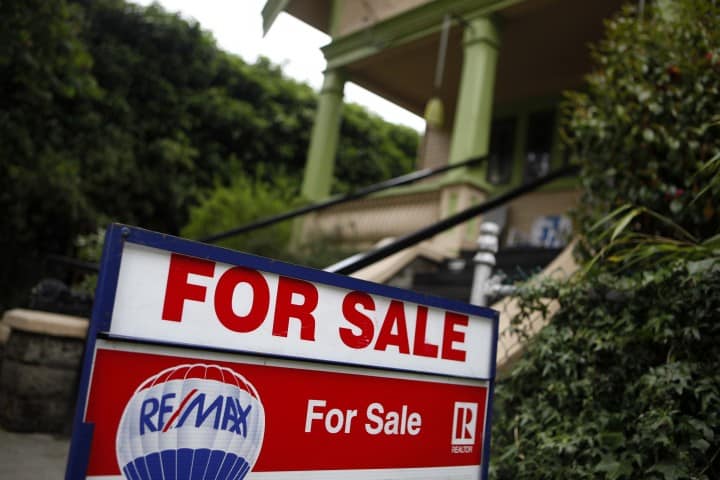Demand for detached houses rises in Brampton while thirst for condos falls
Published October 8, 2020 at 7:07 pm

The second wave of COVID-19 might be disrupting life in Brampton and surrounding cities, but the city’s real estate market is hotter than ever and low-rise homes are in especially high demand.
The second wave of COVID-19 might be disrupting life in Brampton and surrounding cities, but the city’s real estate market is hotter than ever and low-rise homes are in especially high demand.
Toronto Regional Real Estate Board (TRREB) President Lisa Patel recently announced that a record-breaking 11,083 sales were reported through TRREB’s MLS system in September 2020 – up 42.3 per cent compared to September 2019.
TRREB says that sales through the first nine months of 2020 were up by approximately one per cent compared to the same period in 2019.
“Improving economic conditions and extremely low borrowing costs sustained record-level sales in September, as we continued to account for the substantial amount of pent-up demand that resulted from the spring downturn,” Patel said in the report.
“Further improvements in the economy, including job growth, would support strong home sales moving forward. However, it will be important to monitor the trajectory of COVID-19 cases, the related government policy response, and the impact on jobs and consumer confidence.”
TRREB says year-over-year sales growth was driven by low-rise housing, including detached and semi-detached houses and townhouses–homes that have been more in demand as people, many of whom now work from home, seek out larger living spaces.
As far as Brampton goes, real estate website and brokerage Zoocasa says that compared to last September, the city had an increase of 47 per cent in sales this year, with 1,142 homes changing hands–a slight dip of 4 per cent in sales compared to August.
The average home price also continued to increase, rising 17 per cent year-over-year to $861,877.
“By property type, detached homes take the top spot for activity, with a spike in sales of 61 per cent year-over-year with 636 homes changing hands,” Jannine Rane, Zoocasa’s Head of Communications, told inbrampton.com.
“This is followed by semi-detached homes and condo townhouses at an increase of 39 per cent with 75 homes and 38 per cent with 208 homes, respectively.”
Rane says that condo apartment sales in Brampton saw little to no change from last year, with a 2 per cent bump. Average price growth in the area remained similar regardless of property type in September.
That said, the average detached home and semi-detached home price both rose 15 per cent year-over-year to $995,277 and $777,276, respectively.
The average condo townhouse price rose 14 per cent to $570,775 and the average condo apartment price rose 12 per cent to $462,982.
Rane said the Peel Region remains a sellers’ market, as demand still outstrips supply.
TRREB says the average selling price for all home types combined in the GTA hit $960,772 in September – up 14 per cent year-over-year. Not unexpectedly, low-rise homes became more costly as demand began to outpace supply and the condo market slowed down as the inverse happened.
“On a GTA-wide basis, market conditions tightened in September relative to last year, with sales increasing at a faster pace than new listings,” said Jason Mercer, TRREB’s Chief Market Analyst, in the report.
“With competition between buyers increasing noticeably, double-digit year-over-year price growth was commonplace throughout the region in September, resulting in the overall average selling price reaching a new record.”
TRREB says governments will need to watch the supply and demand imbalance closely.
“The housing market recovery experienced throughout the summer benefitted the broader economy as well. Home sales reported through TRREB’s MLS System result in billions of dollars in spin-off expenditures, support for tens of thousands of jobs, and billions of dollars in taxes paid to all levels of government,” said TRREB CEO John DiMichele in the report.
“The demand for housing and the related economic impacts will continue in the post-COVID period as population growth resumes. Policymakers will need to continue their efforts to bring more housing supply on line to meet this longer-term demand.”
Cover photo courtesy of The Canadian Press
insauga's Editorial Standards and Policies advertising





